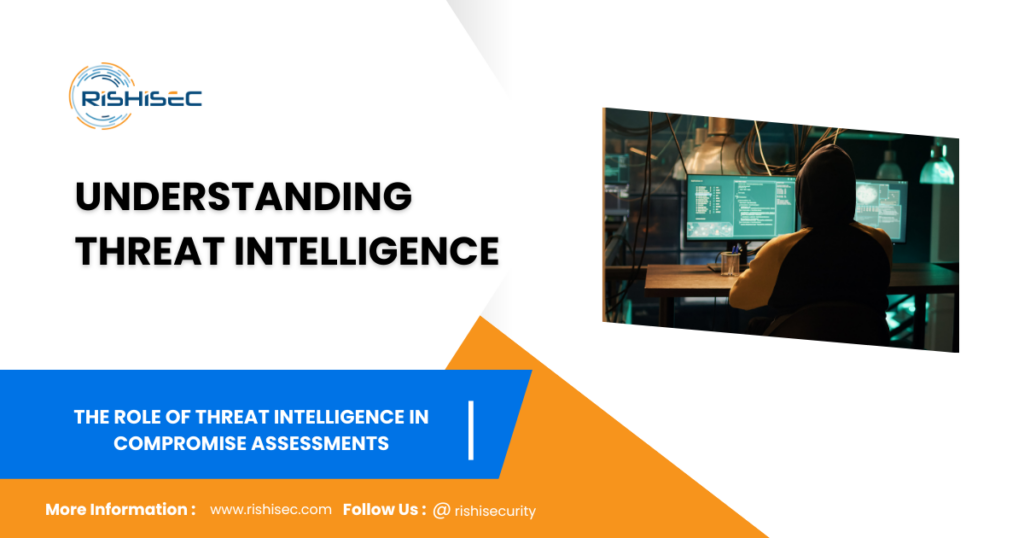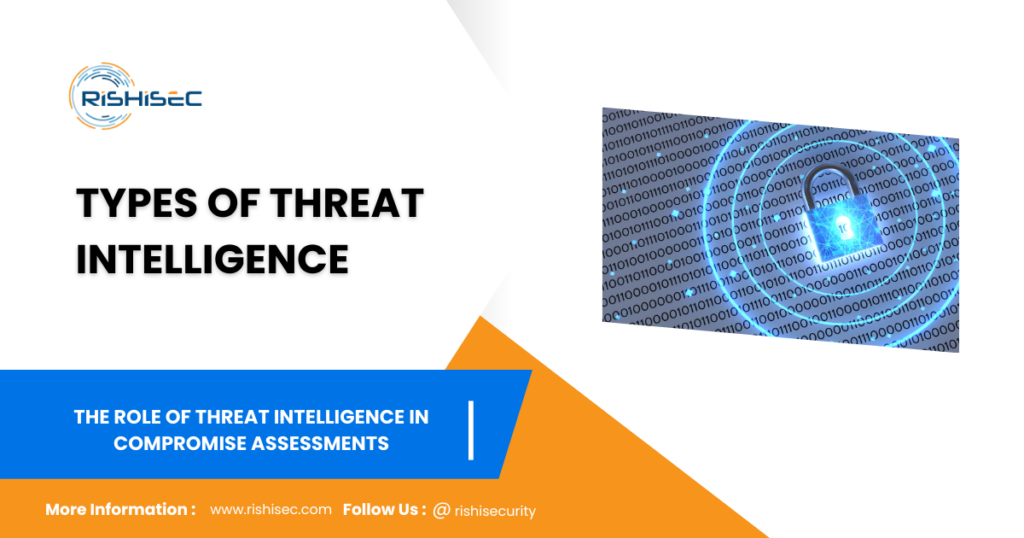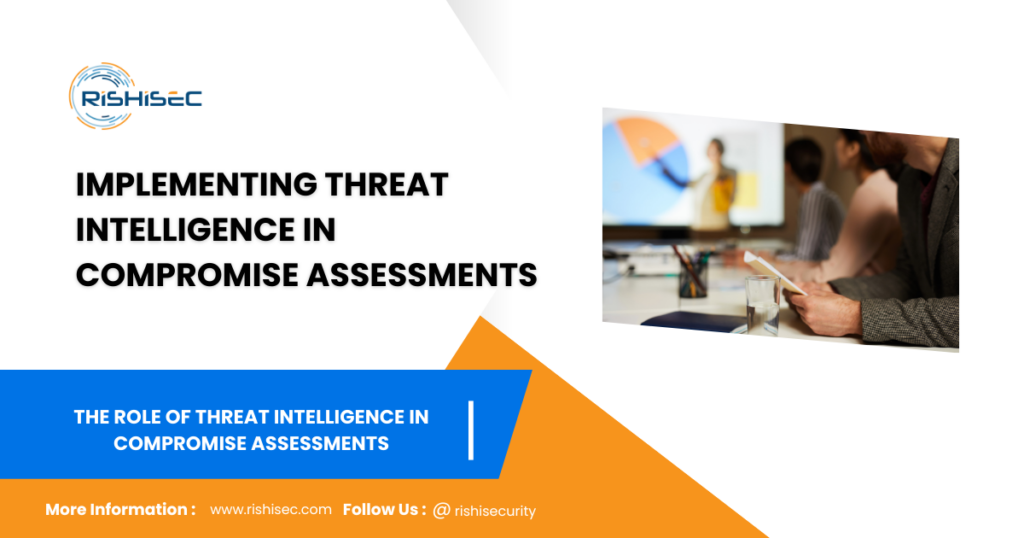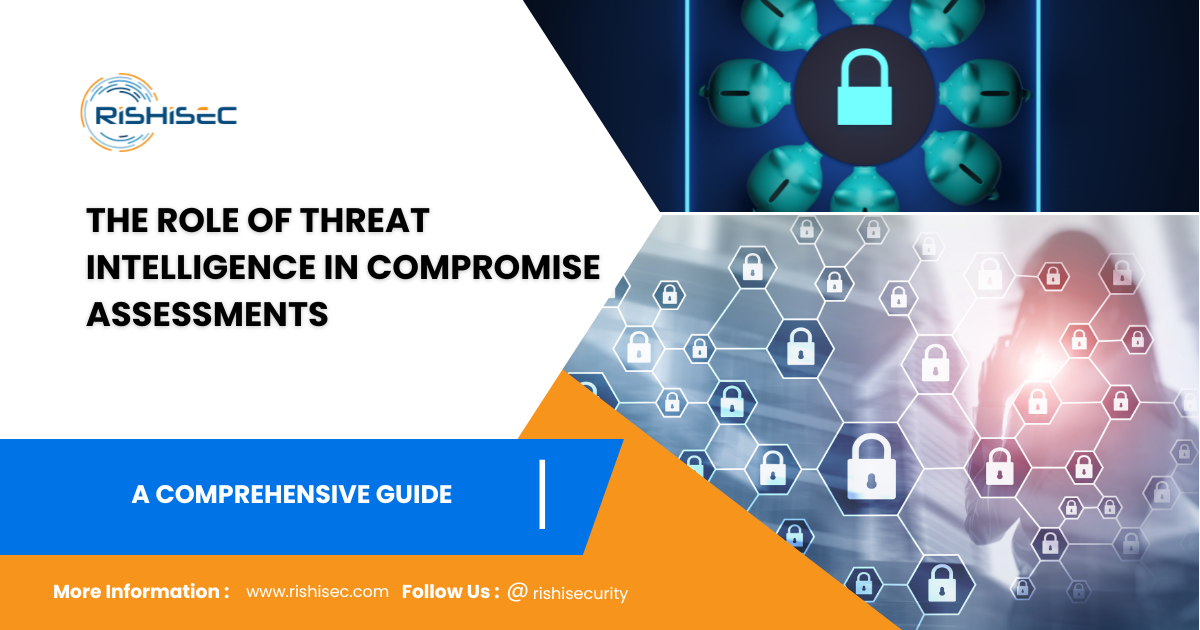Contents
The Role of Threat Intelligence in Compromise Assessments
In the ever-evolving landscape of cybersecurity, threat intelligence has emerged as a critical component of effective compromise assessments. Understanding and integrating threat intelligence into your security strategy not only enhances your ability to detect and respond to threats but also provides a strategic advantage in safeguarding your organization’s digital assets. This comprehensive guide will explore the importance of threat intelligence, its various types, and how to leverage it effectively within your compromise assessments to achieve superior security outcomes.
Understanding Threat Intelligence

What is Threat Intelligence?
Threat intelligence refers to the collection, analysis, and application of information about potential or existing threats that could impact your organization’s security. It goes beyond traditional security measures by providing actionable insights into emerging threats, attack patterns, and vulnerabilities. By incorporating threat intelligence into your compromise assessments, you can anticipate potential threats, mitigate risks, and enhance your overall cybersecurity strategy.
Types of Threat Intelligence

Threat intelligence can be categorized into several types, each serving a unique purpose:
- Strategic Intelligence: This type focuses on long-term trends and potential threats that could impact your organization’s strategic goals. It provides high-level insights into threat landscapes and helps in understanding the broader context of potential risks.
- Tactical Intelligence: Tactical intelligence provides immediate, actionable information about ongoing attacks or specific vulnerabilities. It helps in understanding the methods and techniques used by attackers, allowing for timely and effective responses.
- Operational Intelligence: This type of intelligence focuses on the specific tactics, techniques, and procedures used by threat actors. It provides detailed insights into how attacks are conducted and helps in predicting future attack methods.
Benefits of Integrating Threat Intelligence into Compromise Assessments
Incorporating threat intelligence into your compromise assessments offers several key benefits:
- Early Detection and Prevention: By understanding emerging threats and attack patterns, you can identify potential risks before they materialize into significant security incidents. This proactive approach allows for early detection and prevention of potential attacks.
- Enhanced Incident Response: Threat intelligence provides actionable insights that enable faster and more effective responses to security incidents. With detailed information about attack methods and indicators of compromise, your response teams can quickly mitigate threats and reduce damage.
- Improved Security Posture: Integrating threat intelligence helps in strengthening your overall security strategy. By staying informed about the latest threat trends and vulnerabilities, you can continuously update and improve your security measures to address new and evolving threats.
Implementing Threat Intelligence in Compromise Assessments

Time to know more about the role of threat intelligence in compromise assessments
To effectively integrate threat intelligence into your compromise assessments, follow these steps:
- Gather Relevant Data: Collect information from various sources, including threat feeds, industry reports, security forums, and internal data. Utilize automated tools and platforms to aggregate and analyze this data.
- Analyze and Interpret: Use analytical tools and techniques to interpret the collected data and extract actionable insights. Identify key patterns, trends, and indicators of compromise that are relevant to your organization.
- Integrate with Existing Security Measures: Align threat intelligence with your current security protocols and practices. Update your risk assessments, incident response plans, and security controls based on the insights gained from threat intelligence.
- Continuous Monitoring and Improvement: Threat intelligence is not a one-time exercise but an ongoing process. Continuously monitor threat landscapes, update your threat intelligence sources, and refine your security strategies to adapt to new and emerging threats.
Case Studies and Real-World Applications
Case Study 1: Financial Sector
In the financial sector, integrating threat intelligence into compromise assessments helped a major bank identify and thwart a sophisticated phishing campaign. By analyzing threat data, the bank’s security team detected early indicators of the campaign and implemented targeted countermeasures, preventing significant financial losses and protecting customer data.
Case Study 2: Healthcare Industry
A healthcare organization used threat intelligence to enhance its incident response capabilities. By incorporating real-time threat data into its security operations, the organization improved its ability to respond to ransomware attacks, minimizing downtime and ensuring the continuity of critical healthcare services.
Conclusion
Threat intelligence plays a pivotal role in modern compromise assessments by providing actionable insights that enhance detection, response, and overall security posture. By understanding its various types and effectively integrating it into your security strategy, you can significantly improve your organization’s ability to anticipate and mitigate potential threats.
CTA
Are you ready to elevate your cybersecurity strategy with advanced threat intelligence? If so, start your free trial with SentryCA today and discover how our state-of-the-art threat assessment tools can help you stay ahead of emerging threats. Moreover, experience firsthand how SentryCA can transform your approach to compromise assessments, ensuring your organization is always prepared for the next challenge. Therefore, don’t wait—secure your digital future with SentryCA right now!
Show your interest in Cyber Security while reading our this post, Enhancing Your Cybersecurity Posture: A Tactical Guide for ASM


